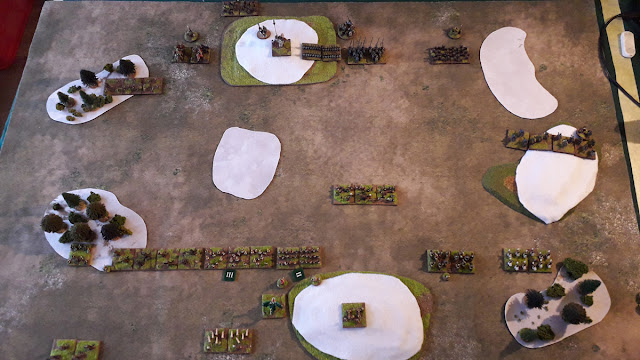Excellent Miniatures - 10mm elf scale comparison

I recently received a package of sample 10mm miniatures from a German company, Excellent Miniatures. For full disclosure, I paid for most of the postage, but I did not pay for the miniatures. The package contained an assortment of figures from different ranges that they currently sell. In this post, I am going to concentrate on the two ranges of elves that were in the sample - Elven Nobles and Elves of the Wood. I believe both ranges have been produced by Forest Dragon on patreon and Excellent Miniatures have a license to 3D print and sell them commercially. Here you can see the Excellent Miniatures elves alongside examples of other assorted (nominally) 10mm miniatures. The first thing to note is that the quality of the sculpting is quite remarkable and the printing leaves them clean and crisp.The Noble Elves (on foot) are slightly smaller than all the others, but the comparison is a little unfair as these examples are not on the strip base that they would ordinarily be printed on...






